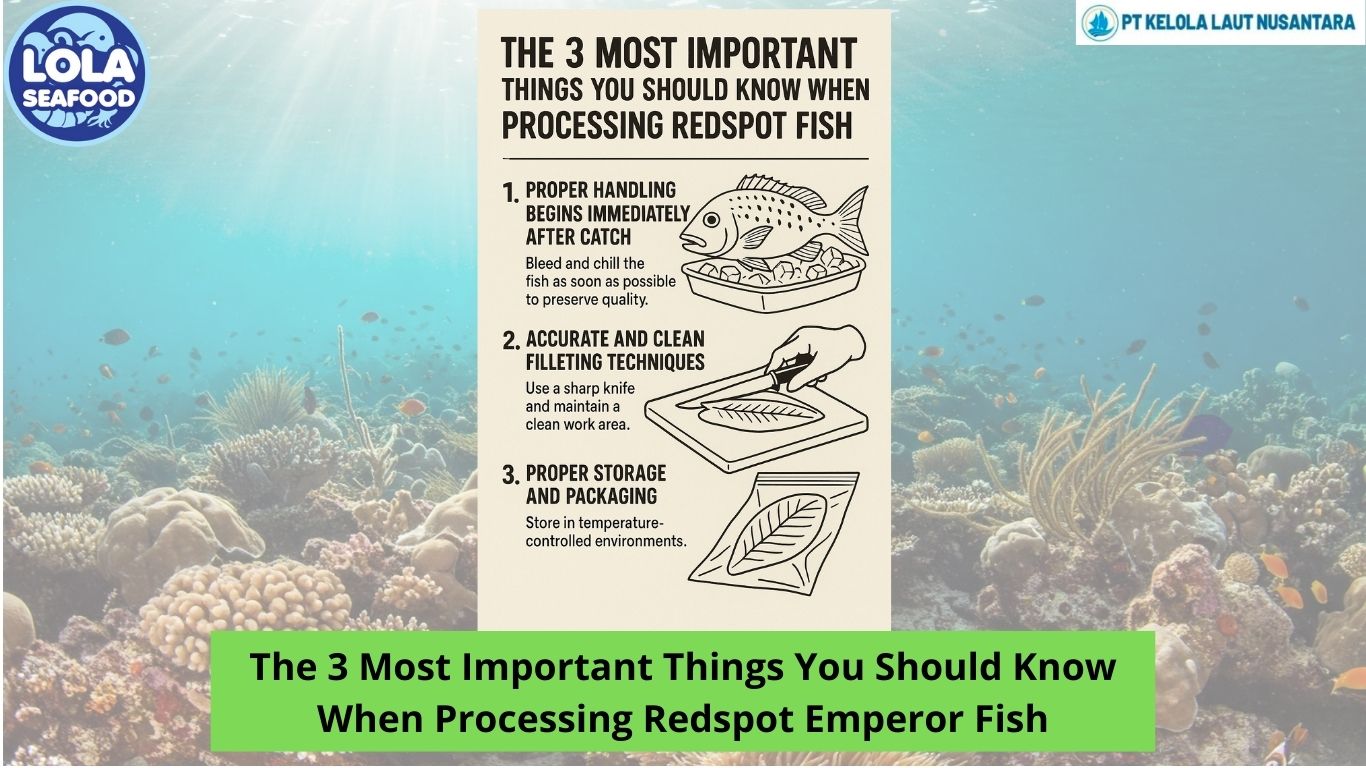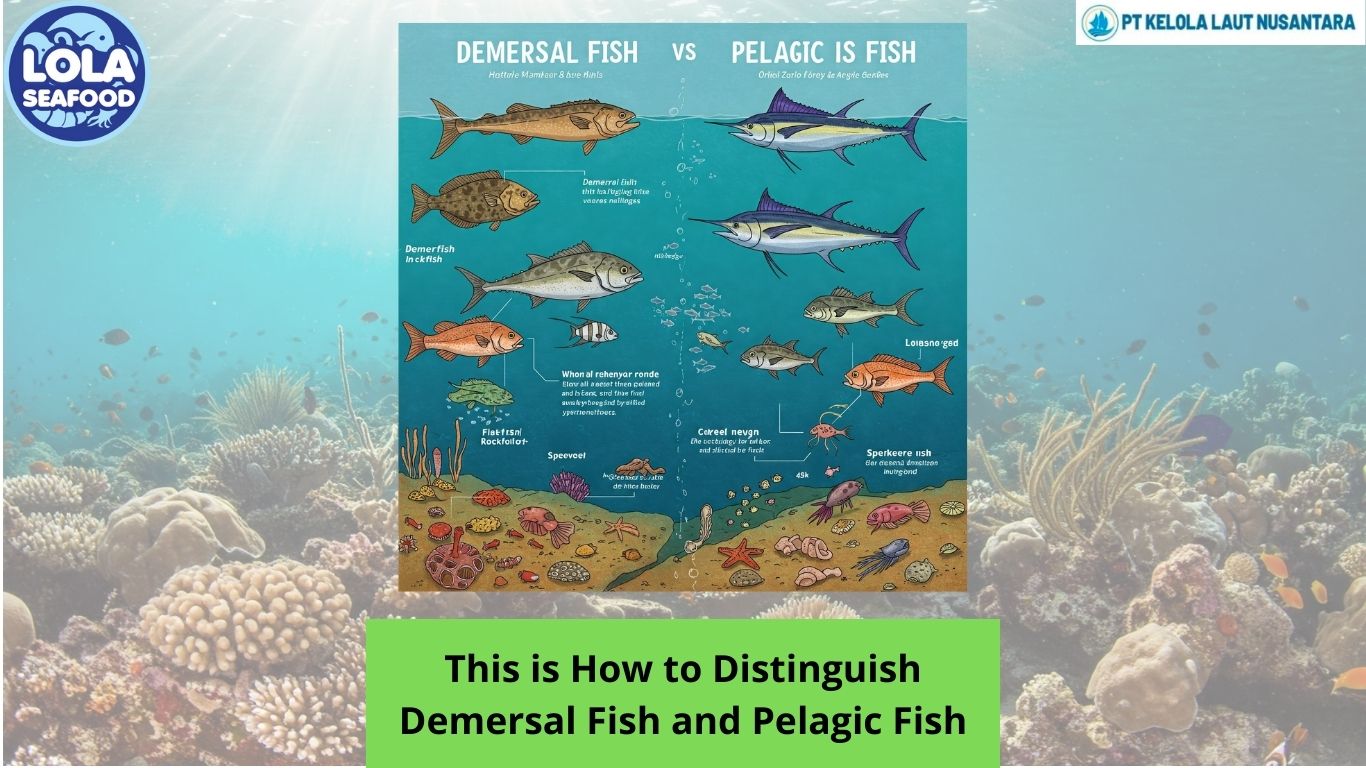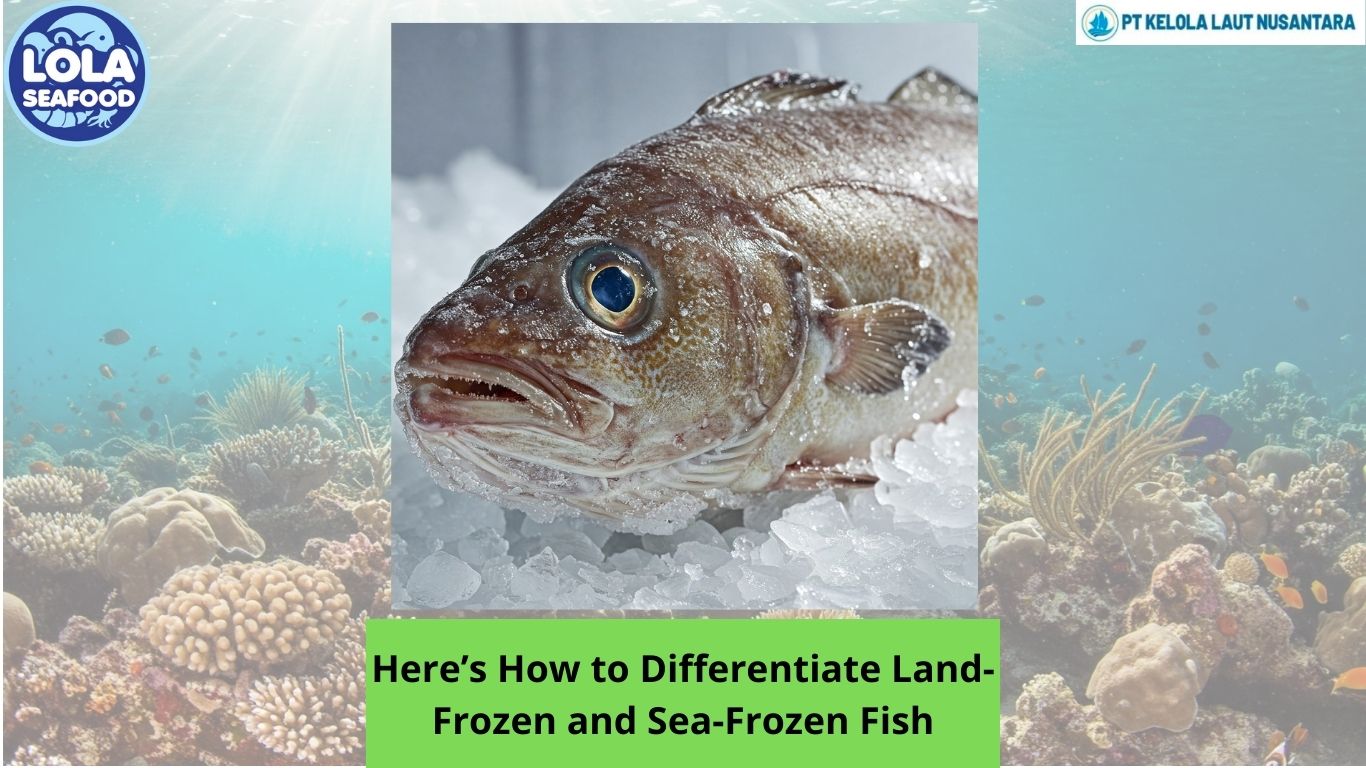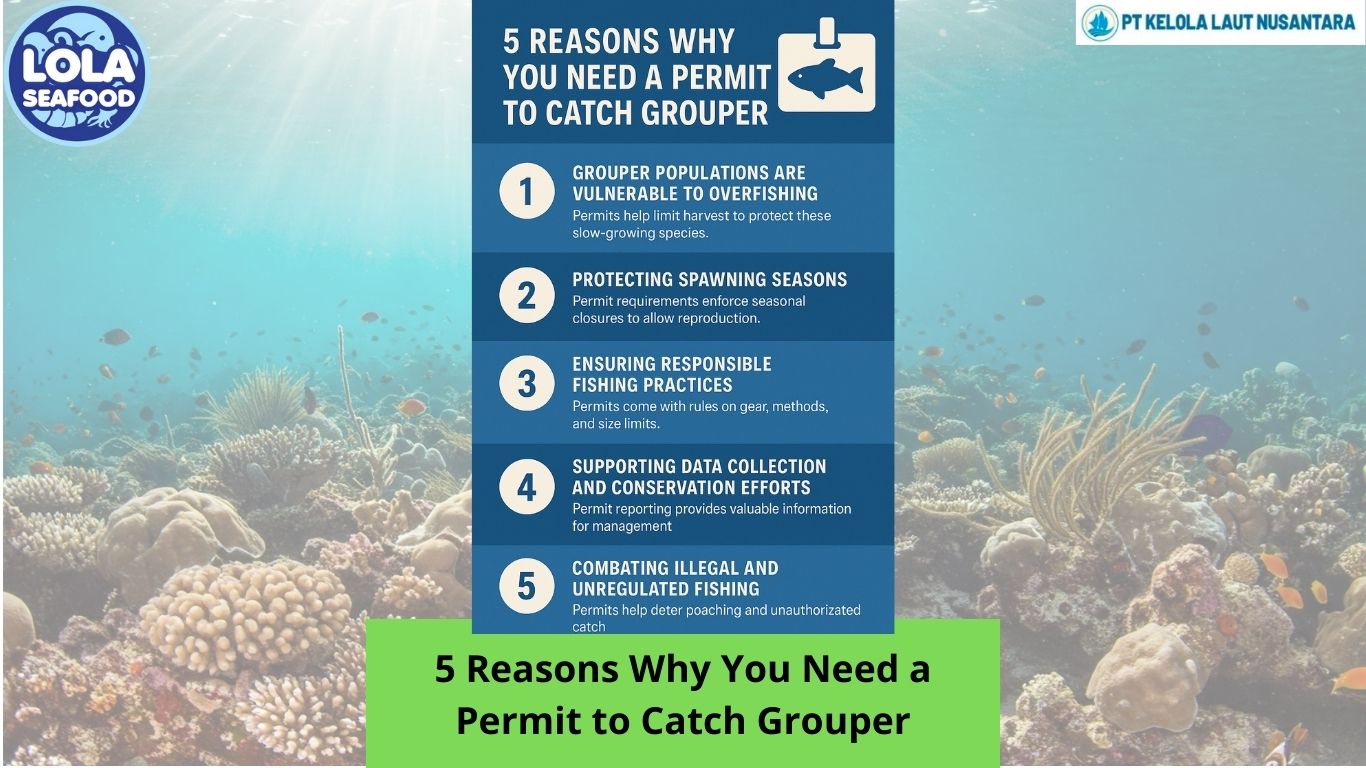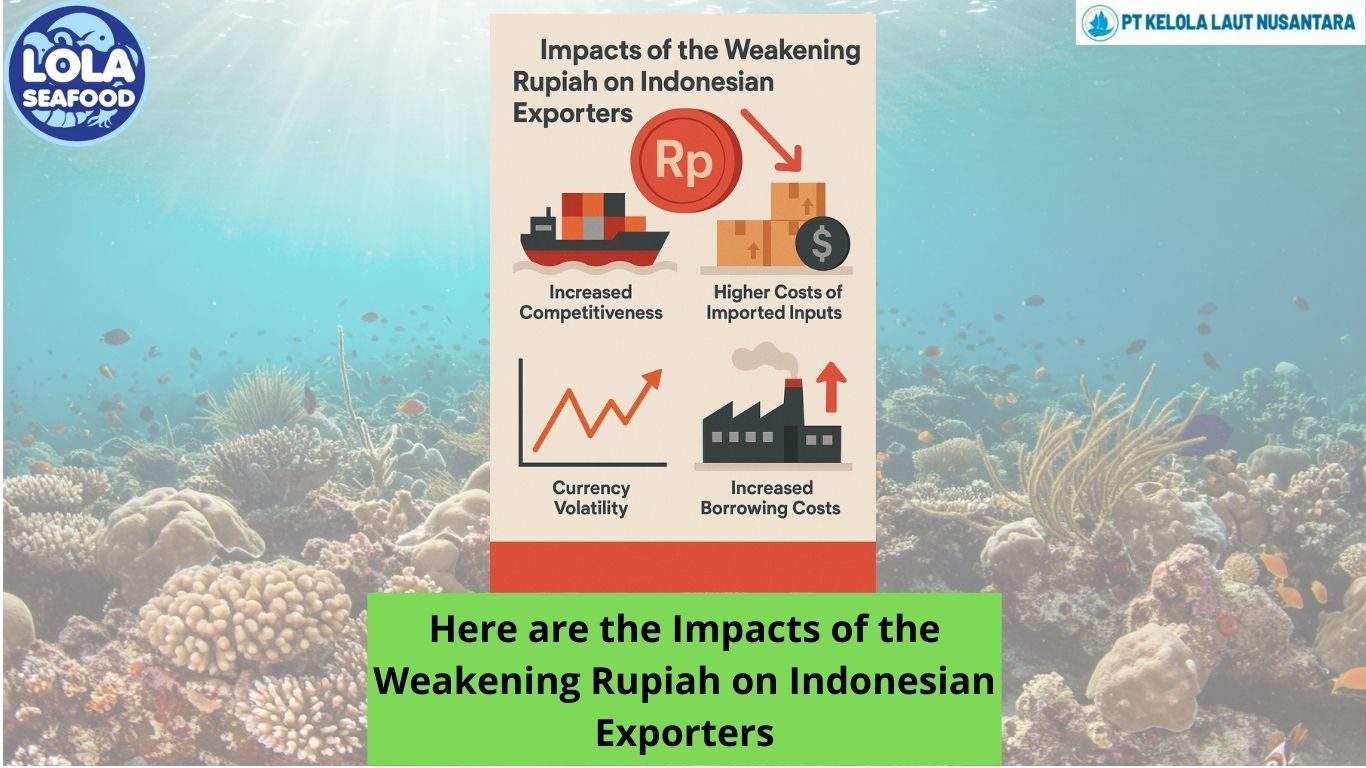How Bacteria Can Grow and Exist in Frozen Fish
By. Agung Kurniawan - 03 Jan 2025.jpg)
Kelolalaut.com Bacteria are incredibly diverse and adaptable microorganisms, capable of surviving in a wide range of environmental conditions, including the freezing temperatures to which fish are often subjected. While freezing fish is an effective method for slowing bacterial growth and preventing spoilage, it does not entirely eliminate bacteria. Instead, the process merely puts many bacteria into a dormant state, allowing them to persist and sometimes grow under specific conditions. This article explains the mechanisms that enable bacteria to survive and thrive in frozen fish, despite the harsh environment.
Survival Mechanisms of Bacteria in Frozen Environments
- Cold-Tolerant Bacteria
Some bacteria are naturally adapted to cold environments and are classified as psychrophilic (cold-loving) or psychotropic (cold-tolerant). Psychrophilic bacteria thrive at temperatures as low as -20°C and have optimal growth rates at temperatures near or below 15°C. Psychotropic bacteria, while not thriving in freezing conditions, can survive and grow slowly when conditions are favourable, such as during thawing.
These bacteria have unique adaptations, such as modified cell membranes with unsaturated fatty acids that remain flexible in cold conditions. This flexibility allows them to maintain cellular functions despite the extreme cold. In frozen fish, psychotropic and psychrophilic bacteria are the primary culprits in spoilage and potential foodborne illnesses.
- Formation of Protective Structures
Some bacteria can form protective structures, such as endospores, that allow them to survive extreme conditions, including freezing. Endospores are highly resistant, dormant forms of bacteria that can withstand desiccation, freezing, and even exposure to disinfectants. Once the environment becomes favourable (e.g., during thawing), these spores can germinate into active, growing bacterial cells.
- Biofilm Formation
Bacteria can also form biofilms, which are complex communities of microorganisms encased in a self-produced protective matrix. This matrix shields the bacteria from external stressors, including freezing temperatures. Biofilms are especially problematic in the seafood industry, as they can form on fish surfaces, packaging materials, or processing equipment, ensuring bacterial survival during storage and transportation.
- Metabolic Adaptations
At freezing temperatures, bacterial metabolic activity slows significantly, but some bacteria can adjust their metabolism to survive in low temperatures. Psychotropic bacteria, for example, produce cold-active enzymes that function efficiently in cold environments. These enzymes allow the bacteria to carry out essential processes, such as nutrient uptake and DNA repair, even when frozen.
Growth Conditions During Thawing
While freezing inhibits the growth of most bacteria, the real risk arises during the thawing process. As the temperature increases, dormant bacteria can become active and multiply rapidly. This is particularly true if the fish is thawed at room temperature or left in conditions where the temperature exceeds 5°C, which falls within the "danger zone" for bacterial growth (5°C–60°C). Psychotropic bacteria, which survive freezing, can quickly take advantage of these conditions, leading to spoilage and potential health risks.
Sources of Bacterial Contamination in Frozen Fish
- Pre-Harvest Contamination: Fish naturally harbour bacteria on their skin, gills, and gastrointestinal tract. These bacteria may include spoilage organisms and potential pathogens such as Listeria monocytogenes, Salmonella, or Clostridium botulinum. Freezing does not eliminate these bacteria; instead, it may preserve them in a dormant state.
- Processing and Handling: Poor hygiene practices during processing, packaging, or transportation can introduce additional bacteria. Even in frozen storage, these bacteria remain viable and can pose a threat once the fish is thawed.
Safety Implications
The survival of bacteria in frozen fish underscores the importance of proper handling, storage, and thawing practices. While freezing effectively halts the growth of most bacteria, it is not a sterilization method. Consumers and food handlers must adhere to strict hygiene and temperature control measures to minimize the risk of bacterial contamination and foodborne illnesses.
- Rapid Freezing and Proper Storage: Freezing fish quickly at very low temperatures (-18°C or lower) and maintaining these conditions can minimize bacterial activity and ensure the safety of frozen fish.
- Safe Thawing Practices: Fish should be thawed in the refrigerator, under cold running water, or in a microwave (if cooked immediately after thawing). Avoid leaving fish at room temperature, as this promotes bacterial growth.
Bacteria can survive in frozen fish due to their remarkable adaptability and survival mechanisms. While freezing slows their activity, it does not eliminate them entirely. Psychotropic and psychrophilic bacteria, along with protective structures like endospores and biofilms, enable these microorganisms to persist under freezing conditions. Proper freezing, storage, and thawing practices are essential to ensure food safety and prevent spoilage. Understanding these bacterial survival strategies highlights the importance of vigilant handling in maintaining the quality and safety of frozen fish.
If youre interested in our Emperor Fillet Skinless, Snapper Fillet Skinless, Crimson Snapper Whole Round, Parrotfish Fillet Skinless, and Grouper Fillet Skinless please do not hesitate to contact us through email and/or whatsapp.
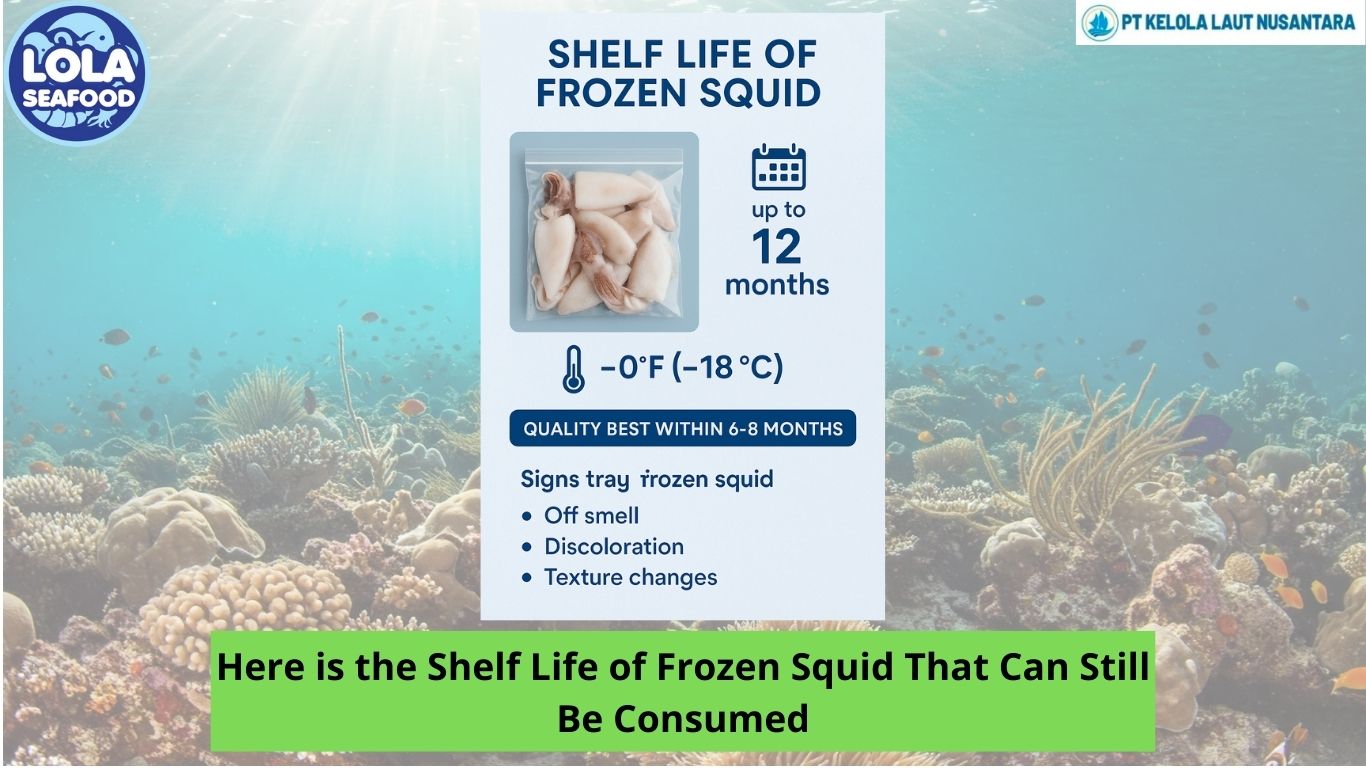
.jpg)
.jpg)
.jpg)
